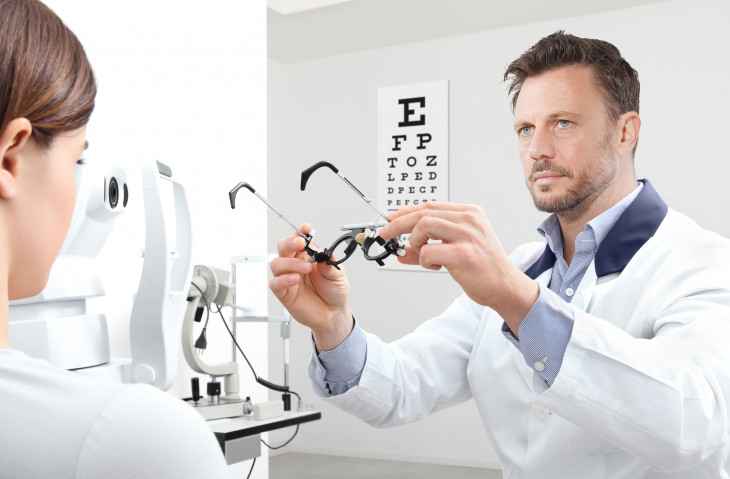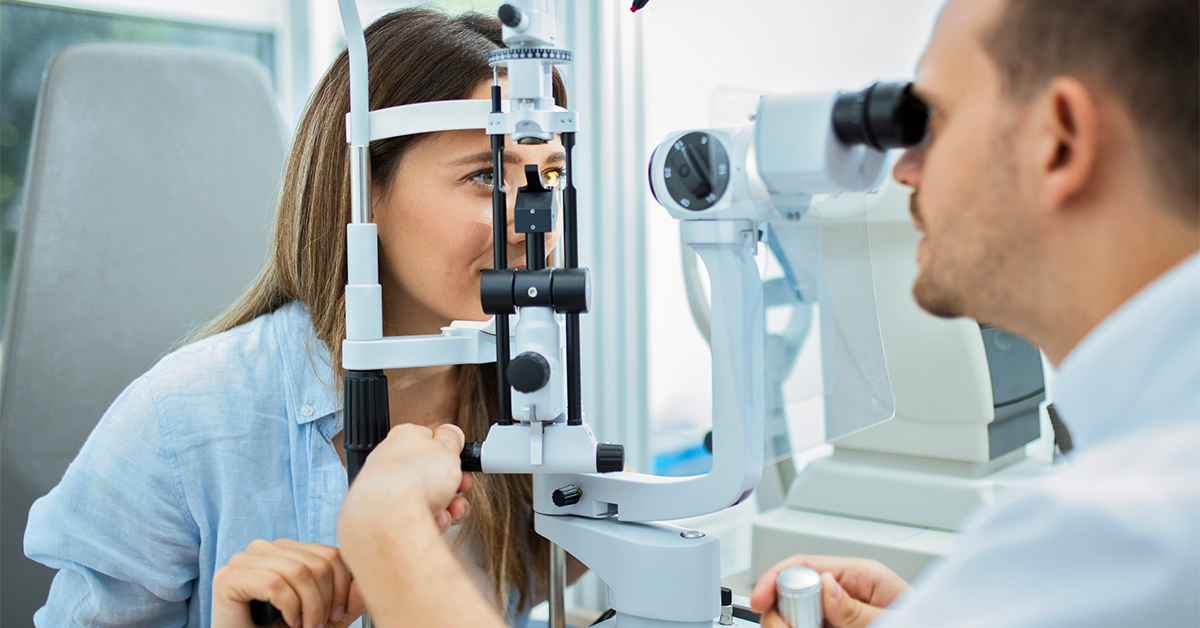Recognizing the Duty of Your Eye Doctor in Preserving Vision
Recognizing the Duty of Your Eye Doctor in Preserving Vision
Blog Article
Discovering the most recent Technical Developments in Optometry and What They Mean for Optometrists
From the precision of Optical Comprehensibility Tomography to the nuanced insights provided by AI-driven analysis tools, these technologies are setting brand-new standards in individual analysis and treatment. As these advancements penetrate the technique, eye doctors are faced with the challenge of embracing these tools to enhance client outcomes.
Innovations in Diagnostic Devices
Advancing the area of optometry, technologies in analysis tools have reinvented the means eye care professionals evaluate and identify aesthetic problems and ocular problems. The past years has actually observed substantial technical advancements, allowing more comprehensive and accurate examinations. Optical Comprehensibility Tomography (OCT), for instance, supplies high-resolution cross-sectional photos of the retina, enabling the early discovery of illness such as glaucoma and age-related macular degeneration. This non-invasive imaging method has actually ended up being indispensable in contemporary optometric technique.
One more trick advancement is the intro of sophisticated corneal topography systems, which map the surface curvature of the cornea with accuracy. These devices are specifically useful for fitting contact lenses and diagnosing corneal conditions. Digital retinal imaging has actually changed typical ophthalmoscopy, supplying thorough, panoramic views of the retina that help with detailed aesthetic examinations.
The development of wavefront aberrometry has also been essential, allowing the analysis of refractive errors with unmatched accuracy (Eye Doctor). This innovation assists in personalizing restorative lenses and boosting surgical end results for refractive surgeries. Jointly, these analysis innovations equip optometrists to supply premium client care, guaranteeing very early intervention and tailored therapy strategies, eventually improving visual health and wellness results
AI in Person Administration
Structure on the foundation of sophisticated diagnostic tools, the unification of synthetic intelligence (AI) in person monitoring stands for a transformative leap for optometry. AI systems are increasingly employed to improve effectiveness, accuracy, and personalization in person treatment. By evaluating large amounts of information, AI can recognize patterns and predict possible ocular problems, enabling optometrists to customize interventions a lot more effectively. This capacity is critical in handling persistent eye illness such as glaucoma and diabetic retinopathy, where early discovery and continual monitoring are essential.
Moreover, AI-driven platforms help with streamlined patient communications and administrative procedures. Automated scheduling, online assessments, and individualized follow-up plans not just boost person satisfaction yet also maximize time management for experts. These systems can triage patients based upon the seriousness of their problems, making certain that those in crucial need get punctual attention.
Additionally, AI boosts decision-making by providing optometrists with evidence-based suggestions and therapy paths. By integrating data from electronic wellness records, AI devices use insights that inform clinical decisions, lowering the danger of mistakes and boosting patient outcomes. As AI remains to progress, its role in person management will likely broaden, improving the landscape of optometric treatment.
Advances in Retinal Imaging
In the realm of optometry, retinal imaging has actually observed remarkable technical developments that are improving analysis capabilities and person care. Developments such as Optical Coherence Tomography (OCT) and fundus digital photography have actually reinvented just how eye doctors visualize and analyze the retina.
Improved imaging techniques like OCT angiography are further refining analysis accuracy. This non-invasive technique maps blood circulation in the retina, providing crucial understandings into vascular wellness without the requirement for dye injections. Furthermore, adaptive optics technology is being integrated right into retinal imaging systems to remedy ocular aberrations, supplying unmatched image clearness. Such innovations facilitate the identification of minute retinal changes that can symbolize disease progression.
Furthermore, innovations in expert system are boosting retinal imaging by allowing computerized evaluation of big datasets. These systems assist optometrists in identifying patterns a sign of pathology, therefore improving diagnostic precision and performance. Jointly, these innovations are changing retinal imaging right into a foundation of modern-day eye care, boosting outcomes and increasing healing opportunities.
Teleoptometry's Expanding Function
Teleoptometry is progressively becoming a crucial part of eye care, driven by innovations in electronic interaction and analysis tools. This is particularly valuable in underserved and country areas where access to specialized eye care is typically restricted.
The combination of man-made knowledge (AI) further boosts teleoptometry, enabling the evaluation of aesthetic data and helping in the detection of ocular problems such as glaucoma and diabetic retinopathy. AI-powered algorithms can swiftly translate intricate imaging information, supplying eye doctors with valuable insights that bolster medical decision-making.
Additionally, teleoptometry sustains continuity of treatment through smooth combination with digital health records (EHRs), allowing eye doctors to keep comprehensive client histories. When seeking advice from with various professionals., this guarantees that people obtain regular and customized treatment even.
Regardless of these benefits, difficulties continue to be, including making sure data safety and handling person assumptions. However, teleoptometry stands for a considerable stride in the direction of even more obtainable, effective, and patient-centered eye treatment. As modern technology progresses, its function is positioned to increase better.

Future Patterns in Eye Treatment
A myriad of ingenious fads is readied to improve the future of eye care, driven by technological innovations and the advancing needs of individuals. One significant fad is the integration of fabricated knowledge (AI) in diagnostics, which promises to boost the precision and efficiency of eye exams. AI algorithms can assess vast amounts of information from retinal images, potentially spotting conditions like diabetic More Help person retinopathy and glaucoma earlier than standard approaches.
Furthermore, personalized medication is gaining traction in optometry, with hereditary testing informing personalized therapy plans. This method intends to optimize individual end results by tailoring interventions to private genetic profiles. Wearable technology, such as clever get in touch with lenses, is likewise coming up, providing real-time surveillance of intraocular pressure or glucose degrees, hence supplying continuous understandings right into eye and systemic health why not check here and wellness.
The fostering of increased fact (AR) and virtual reality (VR) in training and patient education and learning is another arising pattern. These innovations use immersive experiences that can improve understanding and skills both for individuals and eye doctors. As these trends advance, optometrists have to stay abreast of technical developments to supply advanced treatment, guaranteeing enhanced individual outcomes and fulfillment in the vibrant landscape of eye care.
Conclusion

Collectively, these diagnostic improvements empower optometrists to provide remarkable individual treatment, guaranteeing early intervention and tailored treatment methods, eventually enhancing aesthetic health and wellness results.

As these innovations proceed to evolve, eye doctors have to adjust and incorporate them right into practice, inevitably enhancing process performance and boosting the standard of eye treatment provided to patients.
Report this page